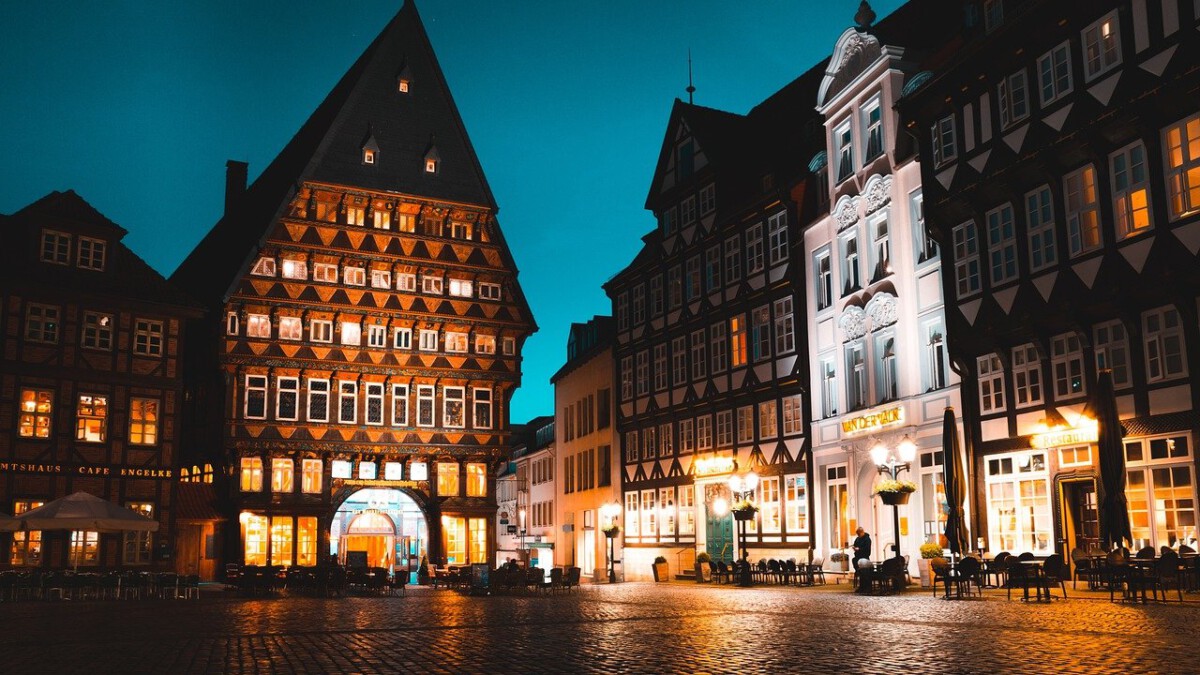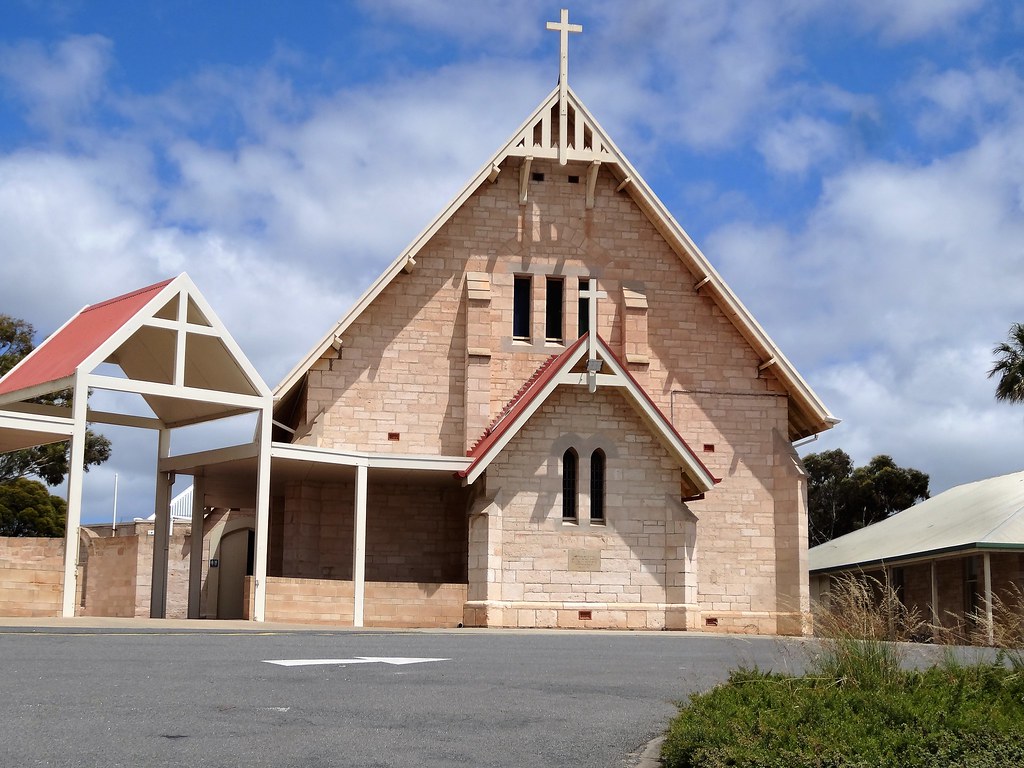Hong Kong: Sky-High Prices and Limited Space
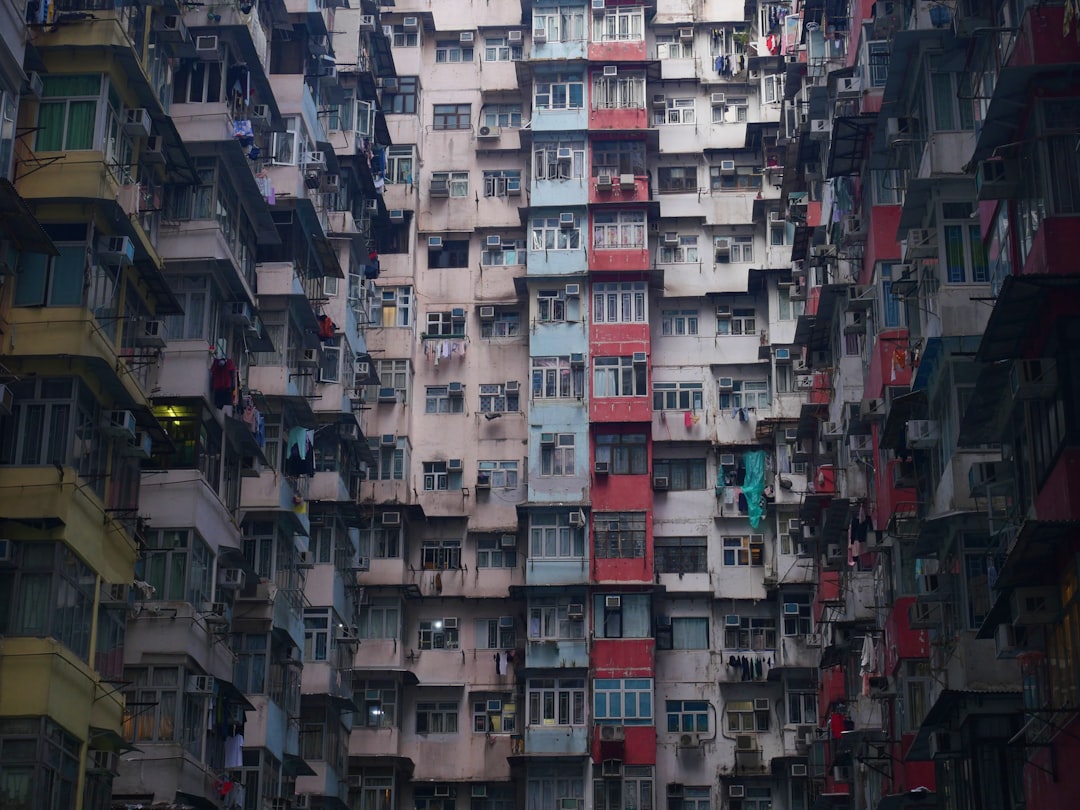
Hong Kong has long held the grim title of the most unaffordable housing market in the world. According to the 2024 Demographia International Housing Affordability report, the median home price in Hong Kong is over 18 times the median household income. Most ordinary families would need to save for decades just to afford a modest apartment. The government’s land policies and chronic undersupply only worsen the crunch. In 2024, the average price per square foot for new apartments topped HK$20,000 (around $2,550 USD), making even tiny 200-square-foot “nano flats” a luxury. Over 45% of the population lives in public rental housing or subsidized flats because private homes are simply out of reach. Younger generations are increasingly giving up on the dream of ever owning property, with surveys showing more than 70% under 35 considering homeownership “impossible.” The situation remains so dire that even professionals with high salaries can barely manage a down payment.
Switzerland: Million-Dollar Entry for Modest Homes

Switzerland is famous for its scenic beauty and high standard of living, but it’s also notorious for its unaffordable property market. In 2024, the Swiss National Bank reported that median house prices in Zurich and Geneva surpassed 1.3 million Swiss francs (about $1.47 million USD), even for basic family homes. Strict mortgage rules require buyers to have a 20% down payment, which can mean coming up with $250,000 or more in cash upfront. On top of that, Swiss culture traditionally favors renting, and over 60% of residents do not own their home. The shortage of available land, heavy regulations, and tight government controls on new construction have all driven up prices. Even in less expensive cantons, the average price for a small apartment now exceeds CHF 600,000 ($670,000 USD). With incomes lagging far behind housing costs, most Swiss—especially young people—are effectively locked out of the market.
Singapore: High-Density Living and Pricey Private Homes

Singapore is often cited as a model for public housing, with more than 80% of residents living in government-built flats. But for anyone seeking to buy private property, the obstacles are daunting. According to the Urban Redevelopment Authority, in 2024 the median price for new private condos in central Singapore soared to S$2.4 million (about $1.77 million USD). Foreign buyers face additional stamp duties as high as 60%, making investment nearly prohibitive. Even for locals, strict eligibility rules and rising interest rates have made homeownership much harder. The government has tightened loan limits, requiring buyers to have a minimum 25% down payment for private homes. Meanwhile, land scarcity keeps prices climbing. The average debt-to-income ratio for new homeowners has now reached a record 55%. As a result, younger Singaporeans are increasingly giving up on owning anything beyond a subsidized flat.
United Kingdom: The Generation Rent Crisis
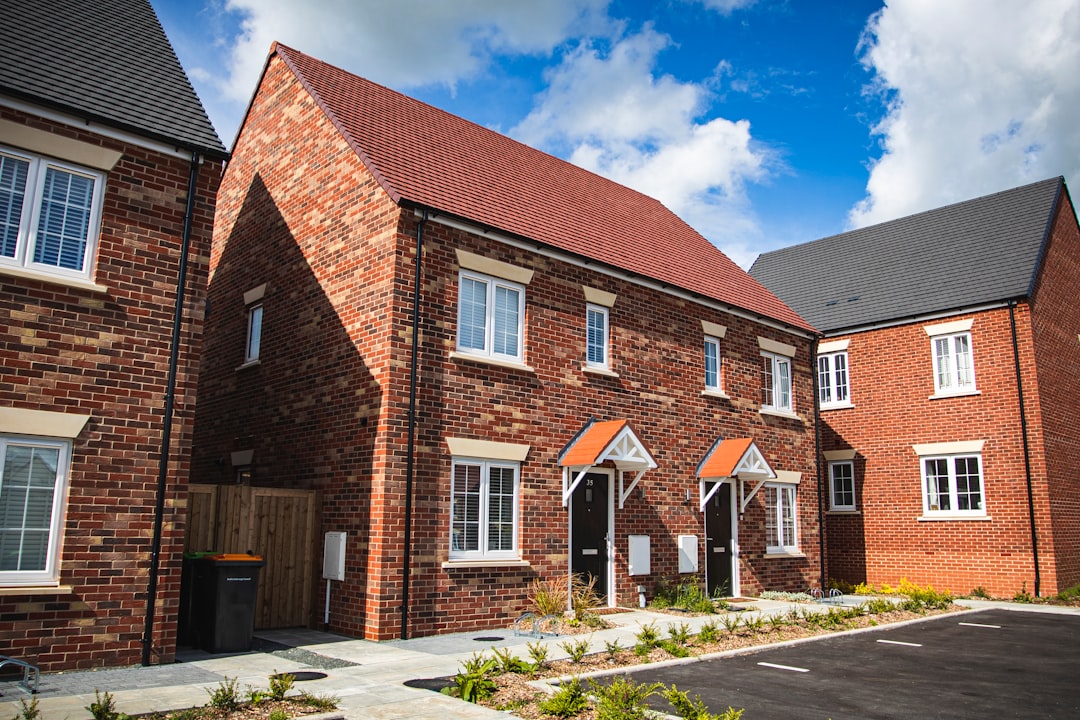
Homeownership in the UK has become an elusive dream for millions, especially in London and the South East. According to the UK Office for National Statistics, the average house price in London hit £533,000 ($664,000 USD) in early 2024. With average annual earnings just under £35,000, it would take over 15 years of saving every penny to afford a typical deposit. Mortgage rates have surged above 6% in 2024, further squeezing affordability. The Resolution Foundation reports that homeownership among 25-34 year-olds has plummeted from 59% in 2000 to just 29% today. Rents have also soared, with average monthly payments in the capital exceeding £2,000. Nationwide, the chronic lack of new housing and high demand have pushed prices up 7% in the last year alone. For most young people, the “property ladder” is now just a fantasy.
Australia: The Unstoppable Housing Boom
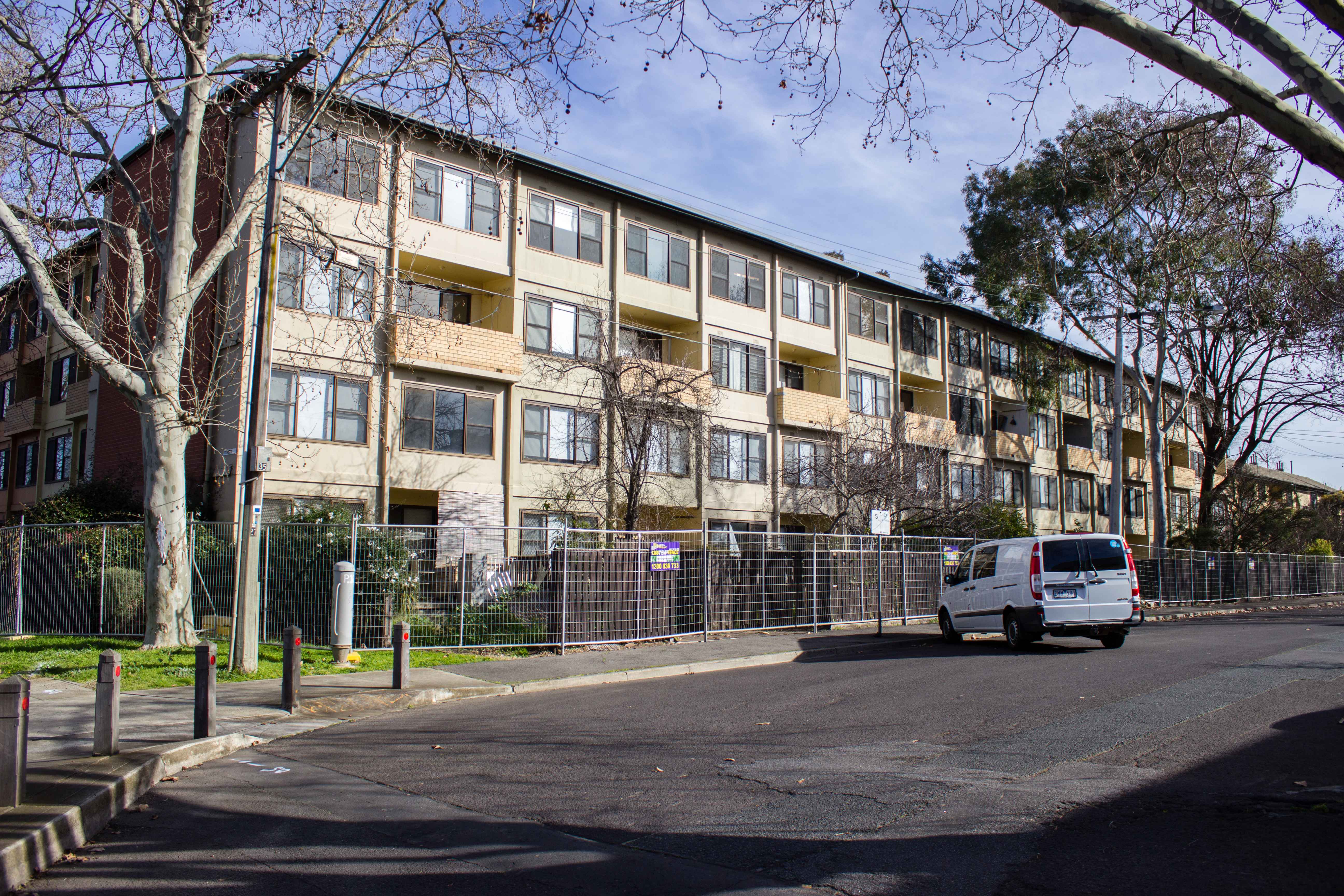
Australia’s housing market has been on a relentless upward trajectory for over a decade, and 2024 has brought no relief for aspiring homeowners. The median house price in Sydney reached AU$1.4 million ($920,000 USD) this year, according to CoreLogic. Even in smaller cities like Brisbane and Adelaide, prices have surged by double digits. First-time buyers face fierce competition from investors and overseas buyers, while wages have stagnated. The Reserve Bank of Australia notes that the average Australian household would need to spend over 40% of its income on mortgage repayments for a typical home. Rental costs have also exploded, making it nearly impossible to save for a deposit. With interest rates expected to climb further and no major reforms in sight, most young Australians see homeownership as a lost cause.
Canada: Frozen Out by Foreign Investment and Short Supply
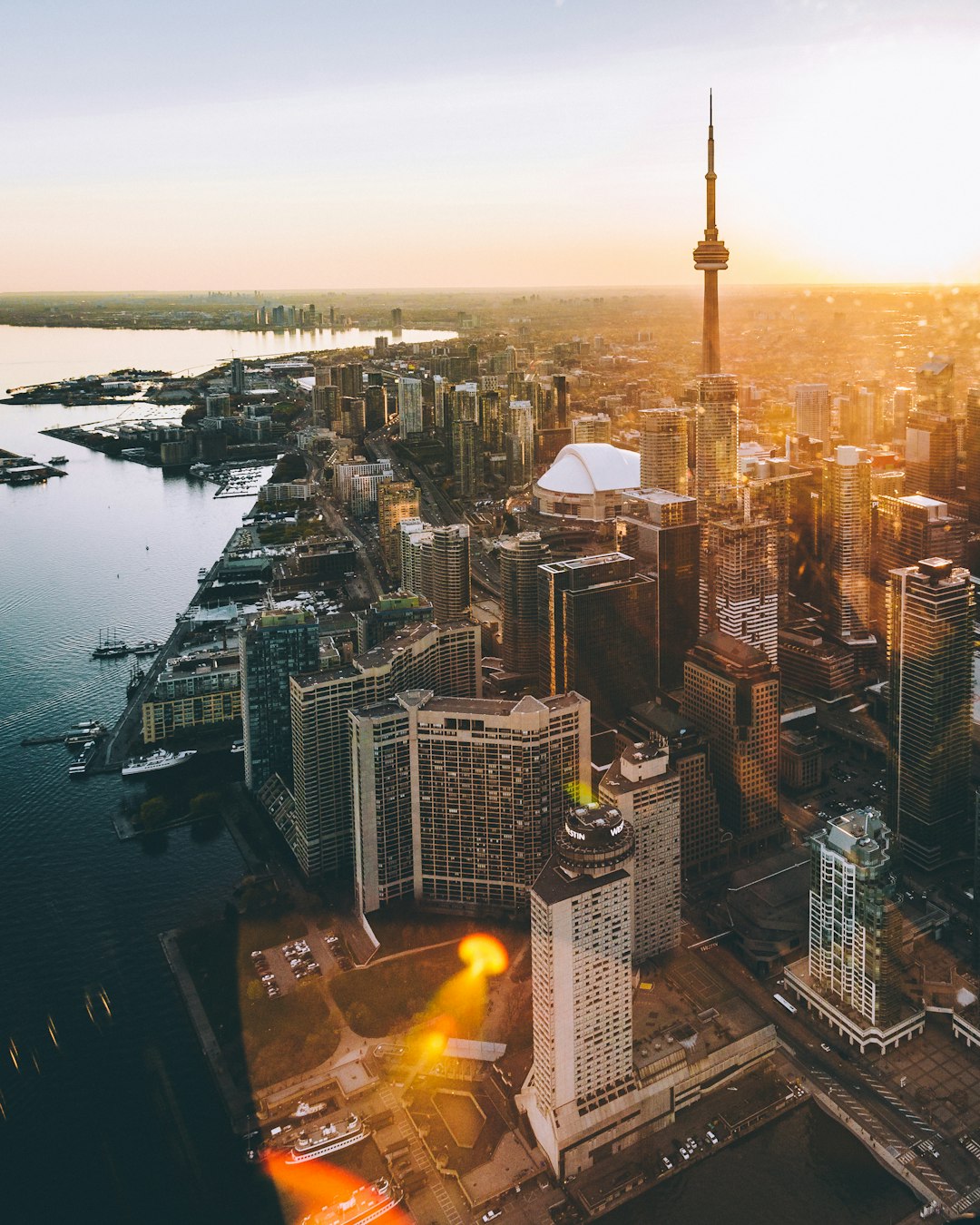
Canada’s housing affordability crisis has reached new extremes in 2024, according to the Canadian Real Estate Association. The national average home price is now CAD$730,000 ($534,000 USD), but in Toronto and Vancouver, prices often top $1.3 million CAD ($950,000 USD). Despite government measures to curb foreign investment and speculation, demand still outstrips supply. Mortgage stress tests have become more stringent, and many lenders now require a 20% down payment, which can mean coming up with over $200,000 CAD. Rents have also hit record highs, with a two-bedroom apartment in Toronto averaging $2,800 CAD per month. The share of young Canadians owning homes dropped from 43% in 2012 to just 36% in 2024. Many families are now forced to rent indefinitely, unable to break into the ownership market.
Norway: Oil Wealth but Out of Reach for Most
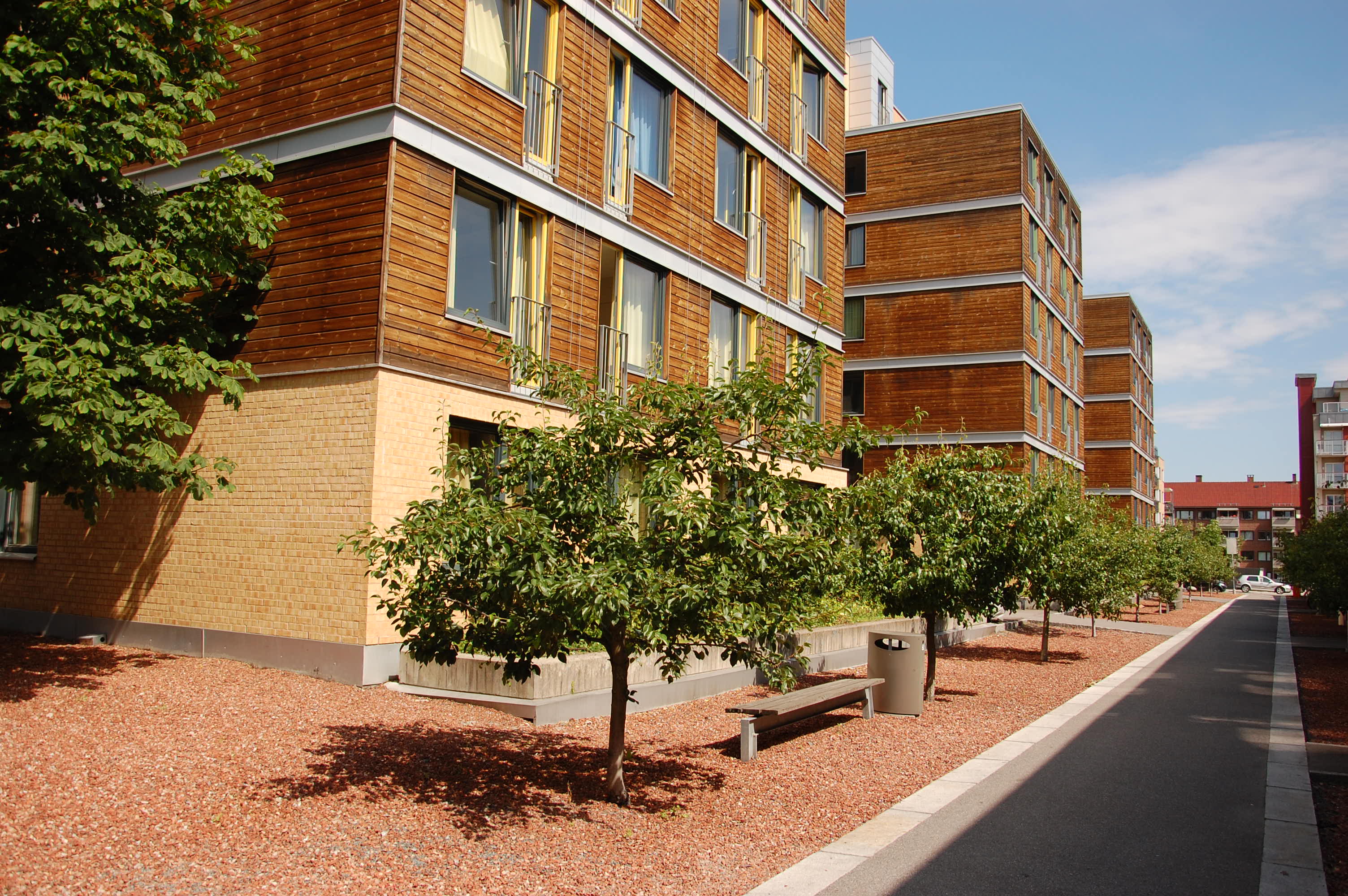
Despite its oil wealth and high incomes, Norway has one of Europe’s most expensive housing markets. The Norwegian Association of Real Estate Agents reported in 2024 that the average price for a home in Oslo reached 7.6 million kroner ($700,000 USD). Even in smaller cities, prices remain stubbornly high, with average homes costing over 5 million kroner. Strict lending rules mean buyers must have at least a 15% down payment, and the government has recently moved to further tighten mortgage regulations in response to market overheating. Meanwhile, wages have not kept pace, and the average debt-to-income ratio has hit a record 240%. Younger Norwegians, especially those without family wealth, are increasingly unable to buy homes, with homeownership rates among people under 35 dropping to just 18% in Oslo.
New Zealand: Locked Out by Local and Foreign Buyers
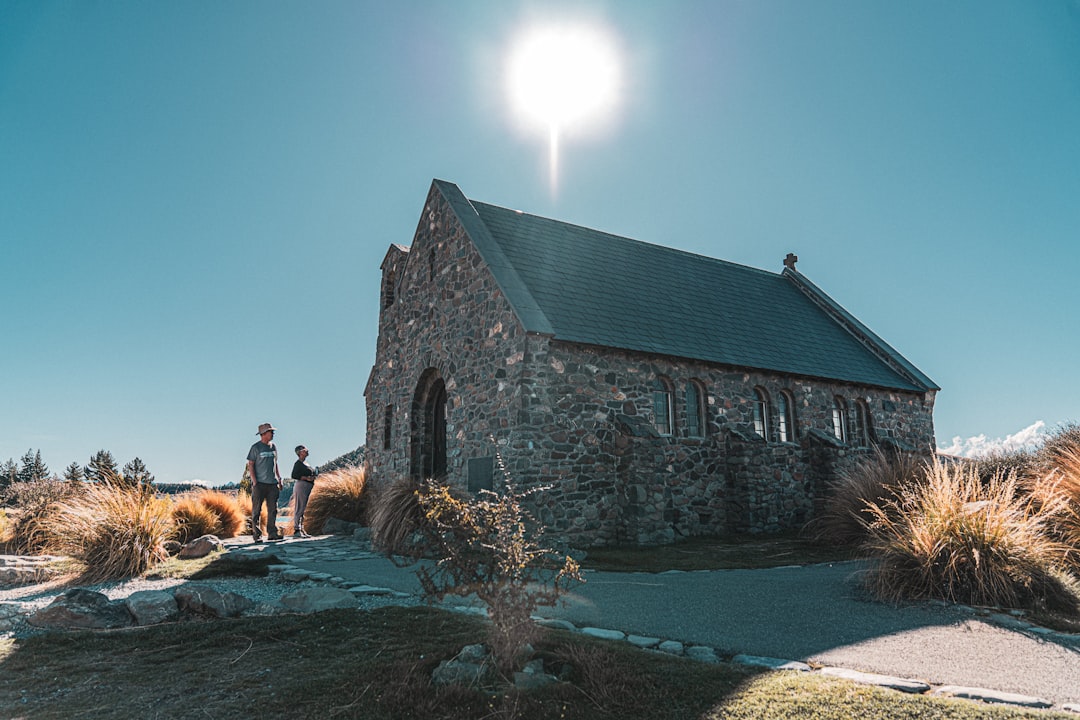
New Zealand’s housing market has become notorious for its dizzying prices and chronic undersupply. According to the Real Estate Institute of New Zealand, the median price for a home nationwide reached NZ$820,000 ($500,000 USD) in 2024, while in Auckland, it soared past NZ$1.2 million. Despite government attempts to restrict foreign buyers, competition remains fierce. The average household now needs to spend more than 50% of pre-tax income to service a mortgage on a typical home. Wages have not kept pace, and many Kiwis face the bleak prospect of lifelong renting. The number of first-time buyers has dropped for the third year in a row, with the share of owner-occupiers under 30 falling to just 22%. Even modest homes are now out of reach for most families without significant financial help.
South Korea: Surging Prices and a Rental Trap
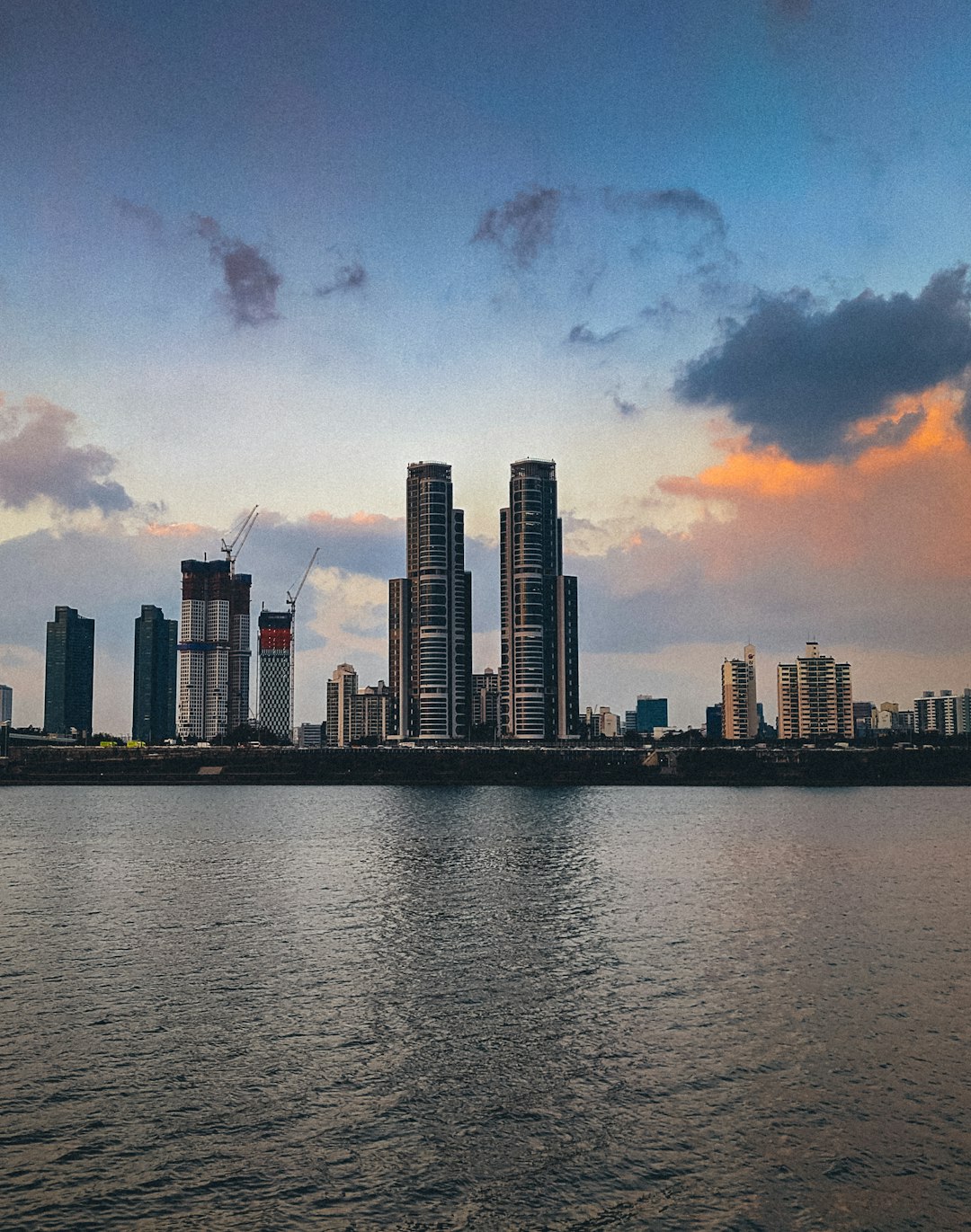
In South Korea, the dream of homeownership is slipping further away for everyday people. Seoul’s median apartment price hit 1.3 billion won ($950,000 USD) in 2024, according to KB Kookmin Bank. This is nearly 20 times the average annual household income, making it almost impossible for most to buy without family support. The unique jeonse rental system, where tenants pay huge deposits instead of monthly rent, has also become less accessible as deposit amounts have skyrocketed. Government cooling measures have failed to tame the market, and speculative buying remains rampant. The Bank of Korea reports that household debt is now at 105% of GDP, driven largely by desperate homebuyers taking on enormous loans. Young Koreans are increasingly giving up on homeownership altogether, with the rate among those under 35 dropping below 17%.
Germany: Soaring Rents and a Reluctance to Sell

Germany may surprise some on this list, but its homeownership rate is the lowest in the European Union at just 47%, according to Eurostat’s 2024 figures. In major cities like Munich, Hamburg, and Berlin, the average price for a small apartment now exceeds €700,000 ($750,000 USD). Strict tenant protections and a strong rental culture mean many properties are never put up for sale. The shortage of new construction has made things worse, with the Federal Statistical Office reporting that housing completions fell by 14% in 2023. Rents have also surged, with Berlin seeing increases of more than 20% in the past year. Combined with high transaction costs—including a 6% property transfer tax and hefty agent fees—homeownership remains beyond reach for most ordinary Germans, particularly young families and immigrants.

